Audi targets hyperconverged infrastructure gains to simplify vehicle production
Audi has charted a path to a streamlined production environment in collaboration with VMware


A key figure at Audi has expressed the hope that the firm's VMware partnership will successfully lead to hyperconverged infrastructure (HCI) in its production environment and lead other figures in the sector to follow in its footsteps.
Henning Loeser, head of Audi Production Lab, spoke at VMware Explore Barcelona about his team’s aim to virtualize programmable logic control (PLC) through HCI to make its production environment more scalable and efficient.
VMware has championed Audi as one of its partners at this year’s conference and dedicated a section of the keynote to the strides the firm has made in its production environment to date, as well as VMware’s growing efforts on operational technology (OT).
“We needed to have HCI that is real-time capable, that is deterministic, and that has the availability that we need for automation to work,” said Loeser.
As Audi embraces the challenge of switching to manufacturing all-electric vehicles, with the goal of only selling electric vehicles from 2026, the firm has looked at how to use the moment to improve its manufacturing and automation.
Loeser’s team began looking into industry 4.0 and data analytics principles for its production environment seven years ago but only began discussions with VMware two years ago. It was seeking HCI to reduce downtime on specialized production devices, which led Audi to adopt ESXi, VMware’s bare metal hypervisor.
Audi has already used the hypervisor to implement three processes: a manufacturing execution system (MES), a quality control system, and an application for regulating the torque of screwdrivers.
Get the ITPro daily newsletter
Sign up today and you will receive a free copy of our Future Focus 2025 report - the leading guidance on AI, cybersecurity and other IT challenges as per 700+ senior executives
The main aim is to have a fourth system, the PLC, up and running in the next two years Loeser described the PLC as the “heart and brain” of the automation operation.
“Then we can really tap into what’s doable with today’s IT technology and utilize that for automation and production,” said Loeser.
Once the virtualized PLC is in place, Loeser said that Audi will be able to scale its edge hardware much more intelligently, cut costs, and more easily integrate advanced systems such as computer vision in the future.
Loeser said that HCI will not only allow IT managers to have oversight of all these systems but also to address the “maintenance nightmare” of all the added compute.
The journey to this goal is ongoing, and Audi and VMware have already run into issues that they have had to overcome together.
For example, while the MES operates at a maximum latency of 100ms — the limit at which humans begin to notice a delay — the PLCs will need to operate with no more than 8ms latency. This necessitated the use of cables for the system, and even then each network firewall adds 1-2ms of latency.
RELATED RESOURCE
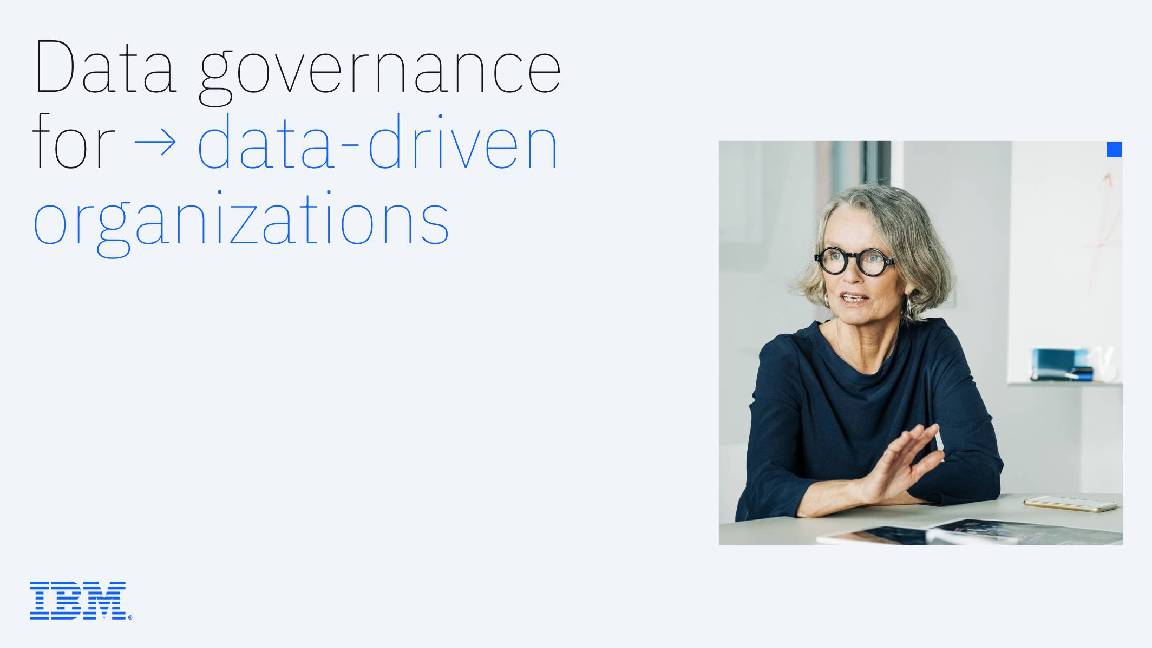
Get tips on how to create your ideal governance solution
DOWNLOAD NOW
Loeser added that this extreme low latency requirement would also prevent Audi from using private 5G for any of these systems.
“Why would you need a radio network instead of a cable? Cable is always more reliable than a radio network, so if it doesn’t move, we don’t need it,” he noted.
“It’s a different story for AGVs, and we have that in mind, but we’re looking for which use cases will require a 5G network.”
Audi also has to wait for the virtualized PLC to be CE-certified before it can be rolled out on a larger scale, or it would risk negating the safety certification of its entire automation zone.
Loeser held up other challenges as learning points from which other automotive manufacturers could benefit.
At an earlier stage of testing Loeser’s team couldn’t figure out why some IPCs froze seemingly at random and had to be rebooted. This was eventually traced to a graphics driver that was causing memory leakage and is now a known issue to look out for.
Through HCI, IT managers could track whether the memory or the hard drive was unexpectedly filling up. Errors such as this could be far easier to detect through these centralized health metrics.
“If it’s only Audi that does this or only the VW Group, it’s no use to change these things,” said Loeser.
“One of the big purposes for me being here is to evangelize, spread the word that separating your computing from your hardware is sensible.”

Rory Bathgate is Features and Multimedia Editor at ITPro, overseeing all in-depth content and case studies. He can also be found co-hosting the ITPro Podcast with Jane McCallion, swapping a keyboard for a microphone to discuss the latest learnings with thought leaders from across the tech sector.
In his free time, Rory enjoys photography, video editing, and good science fiction. After graduating from the University of Kent with a BA in English and American Literature, Rory undertook an MA in Eighteenth-Century Studies at King’s College London. He joined ITPro in 2022 as a graduate, following four years in student journalism. You can contact Rory at rory.bathgate@futurenet.com or on LinkedIn.
-
 Should AI PCs be part of your next hardware refresh?
Should AI PCs be part of your next hardware refresh?AI PCs are fast becoming a business staple and a surefire way to future-proof your business
By Bobby Hellard
-
 Westcon-Comstor and Vectra AI launch brace of new channel initiatives
Westcon-Comstor and Vectra AI launch brace of new channel initiativesNews Westcon-Comstor and Vectra AI have announced the launch of two new channel growth initiatives focused on the managed security service provider (MSSP) space and AWS Marketplace.
By Daniel Todd
-
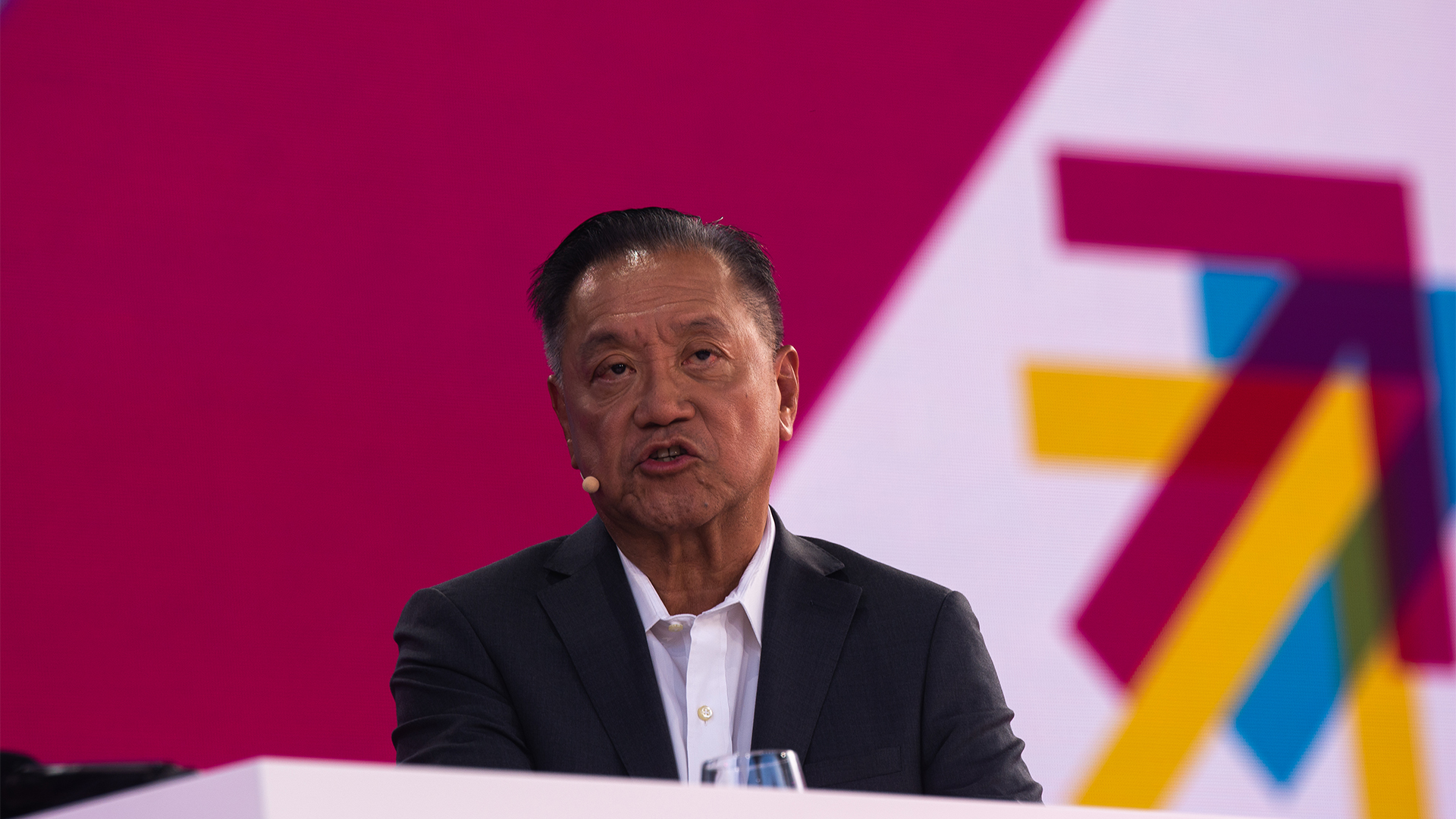 Broadcom records huge growth as CEO Hock Tan hails “successful integration” of VMware
Broadcom records huge growth as CEO Hock Tan hails “successful integration” of VMwareAnalysis The VMware acquisition is finally paying dividends for Broadcom
By George Fitzmaurice
-
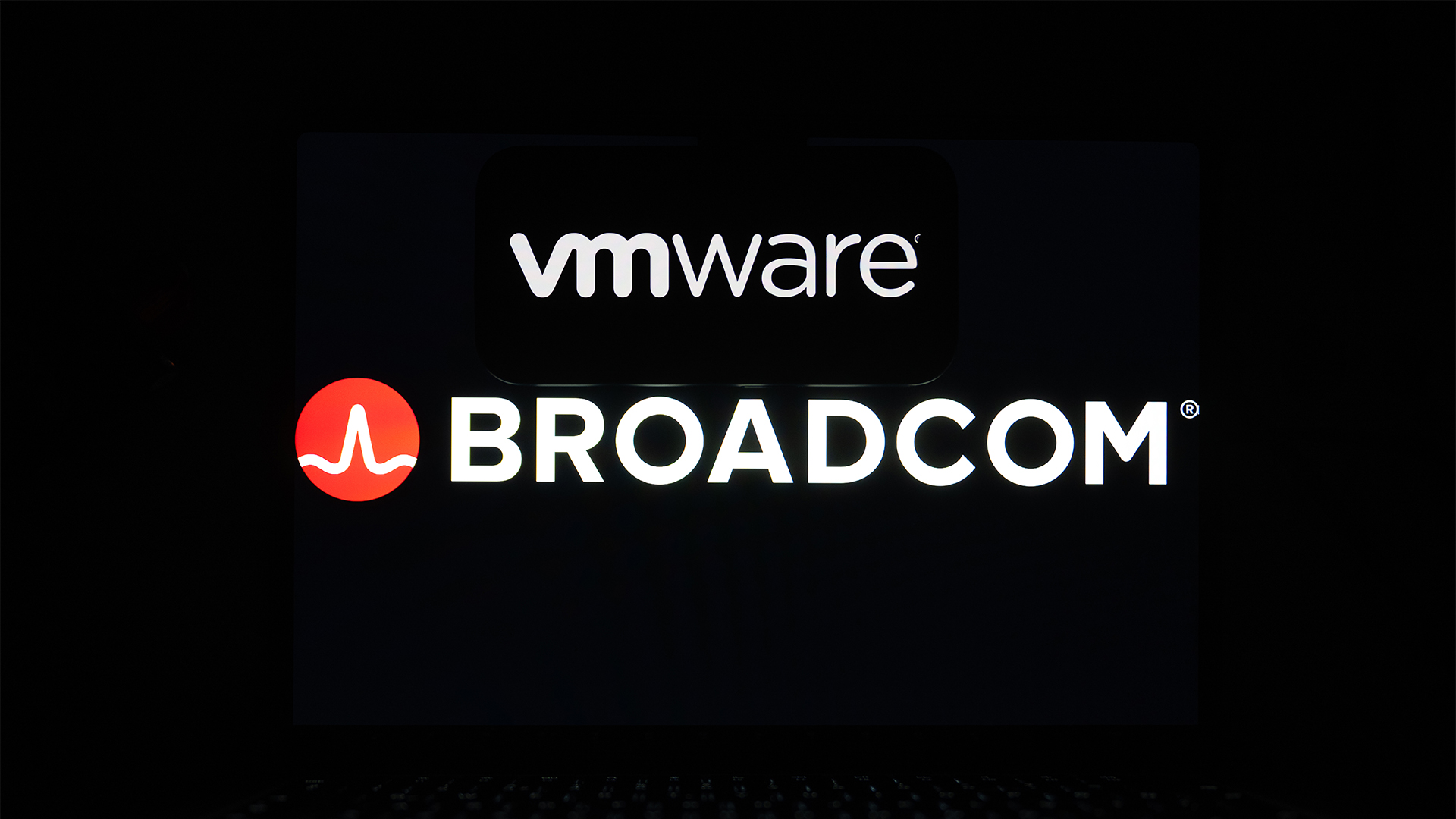 Broadcom EMEA CTO claims the company has been able to solve most of its customer issues following VMware acquisition
Broadcom EMEA CTO claims the company has been able to solve most of its customer issues following VMware acquisitionNews Joe Baguley says the firm has been walking customers through license changes and explaining the value of VMware
By George Fitzmaurice
-
 Cloud repatriation may be nipping at hyperscaler market share, but it’s a boon for VMware
Cloud repatriation may be nipping at hyperscaler market share, but it’s a boon for VMwareNews The firm’s private cloud offerings put it in a strong position to aid customers moving workloads out of the public cloud – but repatriation can’t be the only conversation
By George Fitzmaurice
-
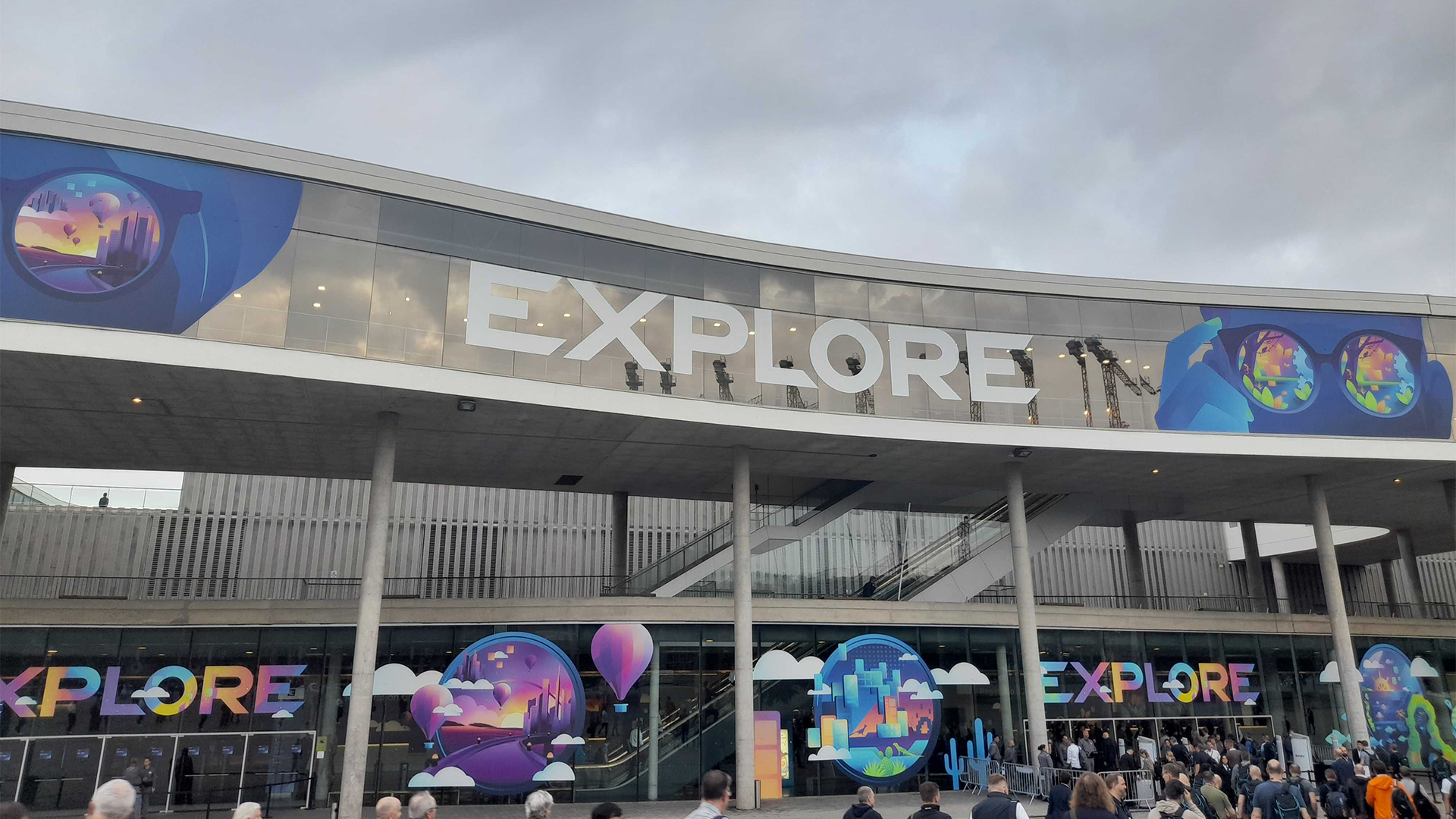 VMware Explore 2024 live: All the news and updates as they happen
VMware Explore 2024 live: All the news and updates as they happenLive Blog ITPro is live on the ground in Barcelona for VMware Explore 2024 – keep tabs on all the news, updates, and announcements in our rolling coverage
By George Fitzmaurice
-
 Pure Storage announces VM assessment service – and it could please beleaguered VMware customers
Pure Storage announces VM assessment service – and it could please beleaguered VMware customersNews The firm unveiled a new tool for managing VM costs as part of its Pure//Accelerate London 2024 event
By George Fitzmaurice
-
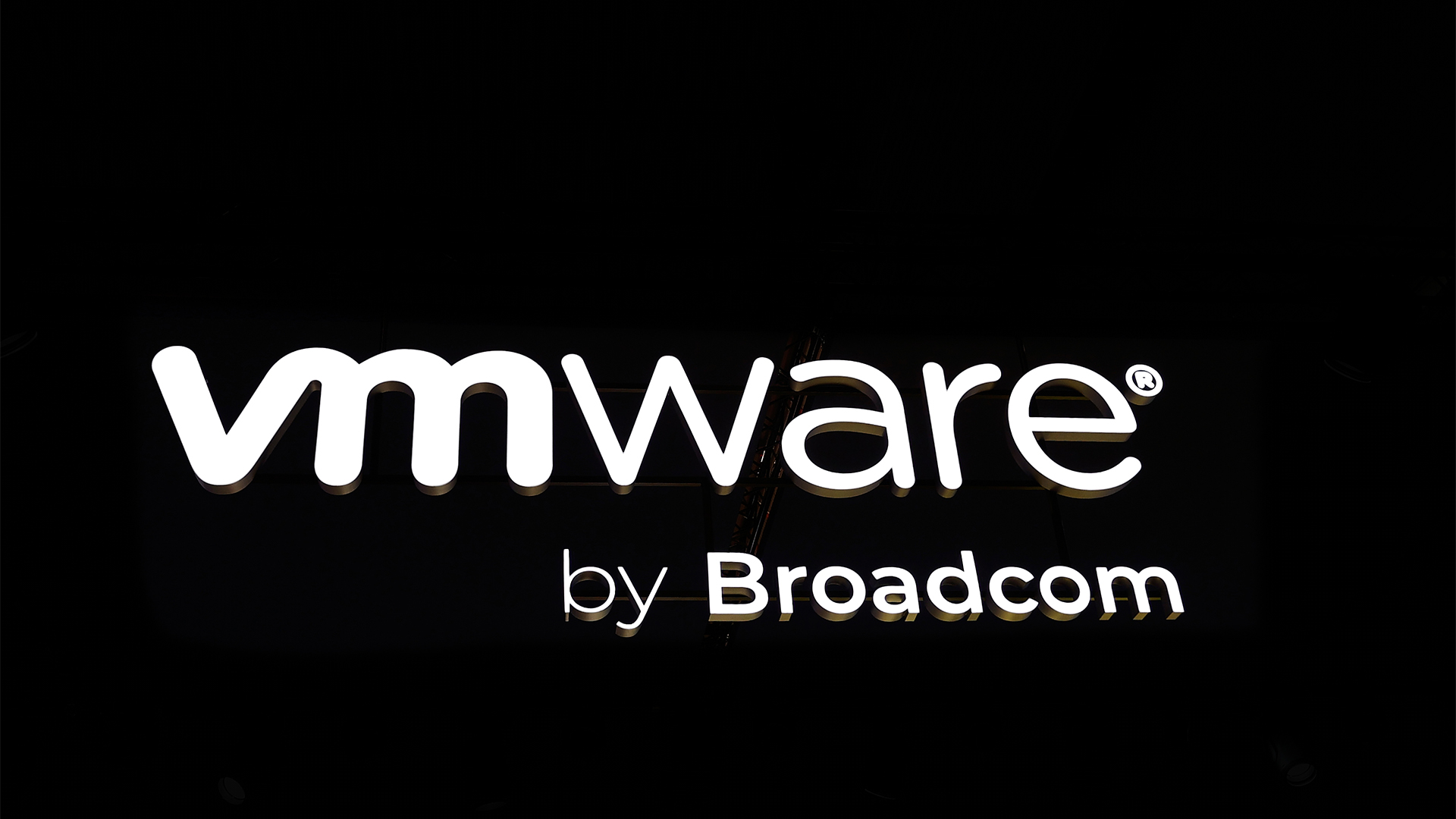 Is a VMware exodus looming? Disgruntled customers are actively seeking alternative providers or exploring open source options in the wake of Broadcom’s acquisition
Is a VMware exodus looming? Disgruntled customers are actively seeking alternative providers or exploring open source options in the wake of Broadcom’s acquisitionNews VMware customers say they are seriously considering alternative providers in light of the turbulence and increasing costs that followed its acquisition by Broadcom
By Solomon Klappholz
-
 Broadcom wants to unlock private cloud’s potential with VMware Cloud Foundation 9
Broadcom wants to unlock private cloud’s potential with VMware Cloud Foundation 9News An emphasis on simplicity matched with improved customer controls underpins the latest VCF improvements
By Rory Bathgate
-
 VMware license changes could spark a wave of data center 'devirtualization'
VMware license changes could spark a wave of data center 'devirtualization'News The increased costs associated with Broadcom’s VMware acquisition is one of the key drivers behind this predicted shift
By George Fitzmaurice
